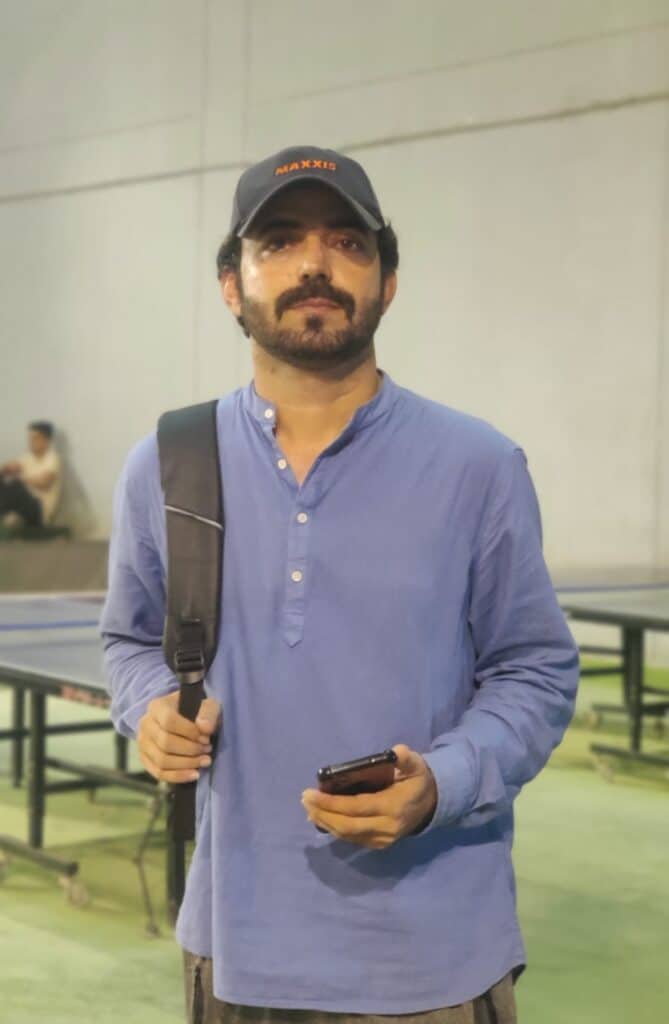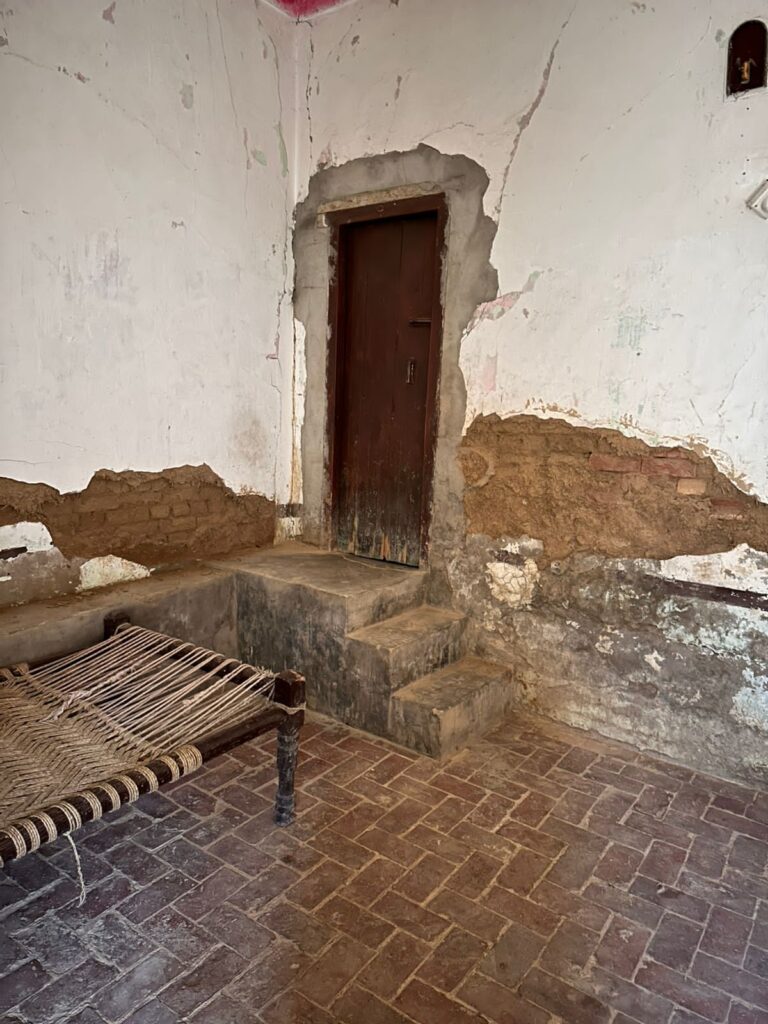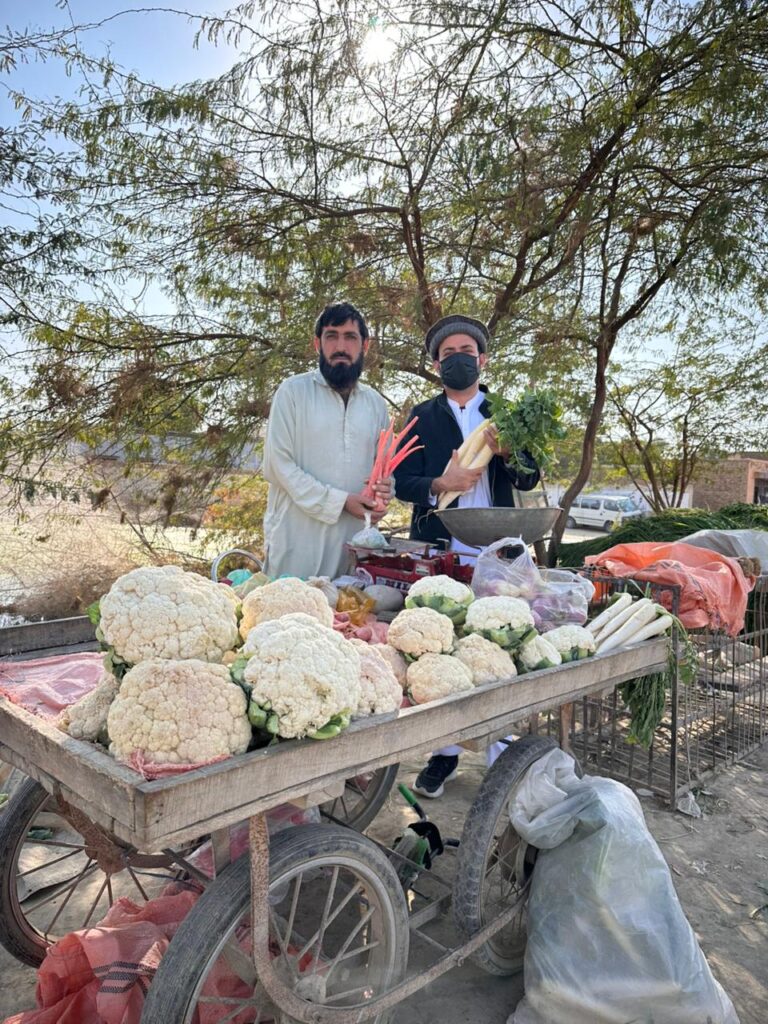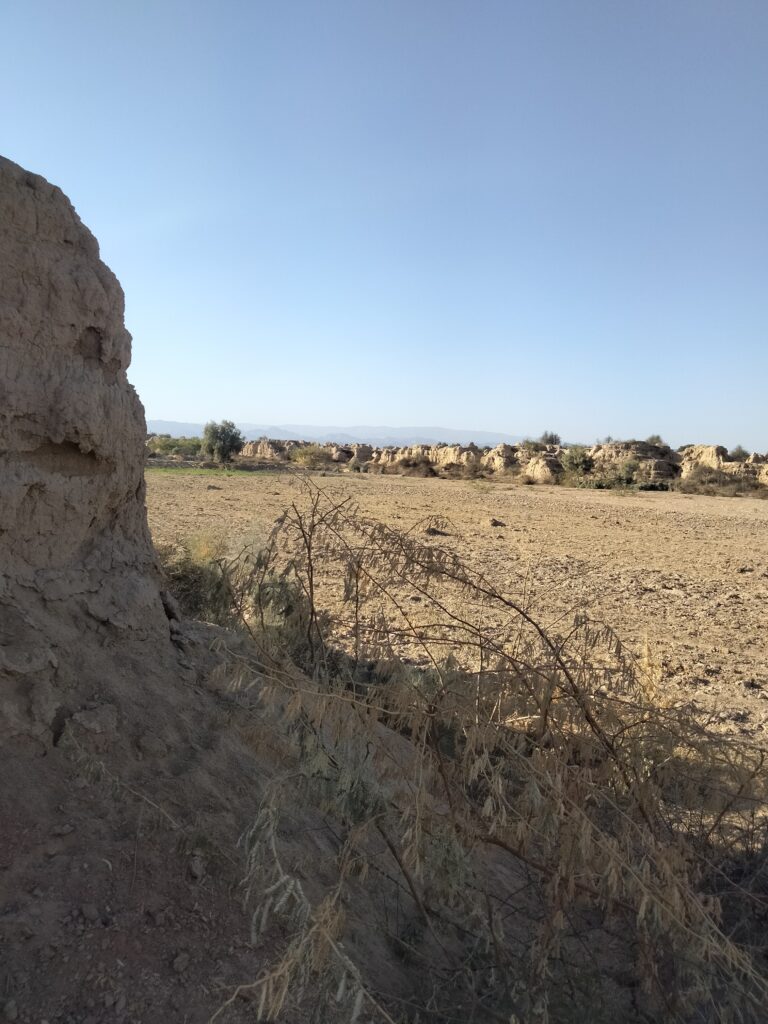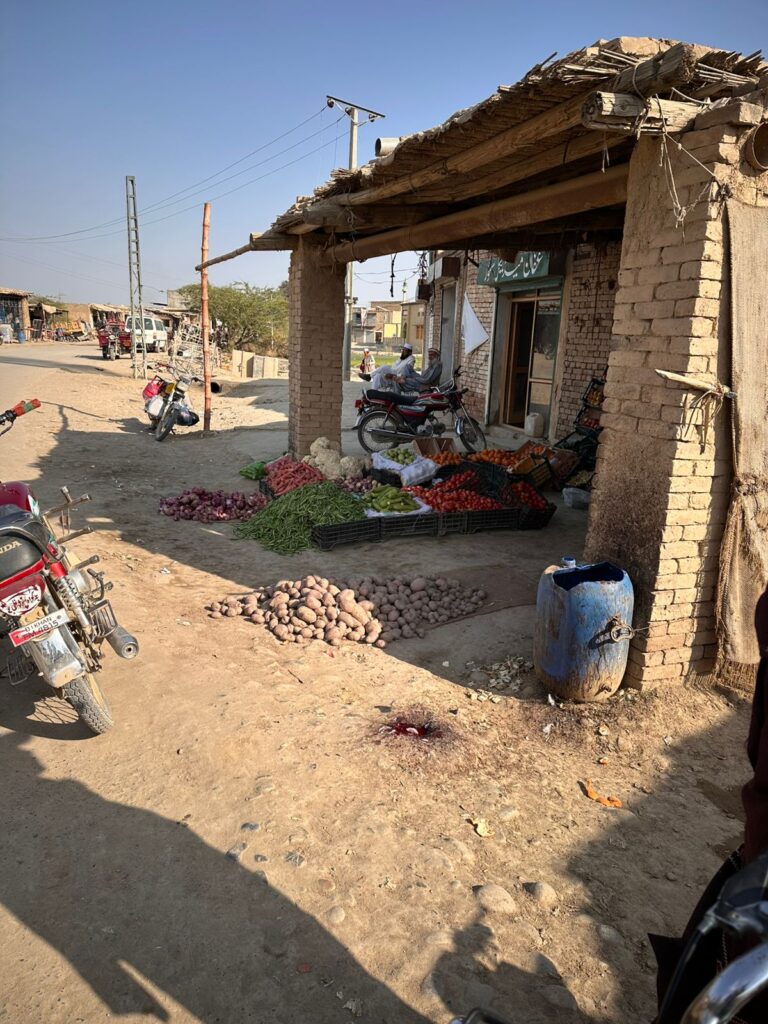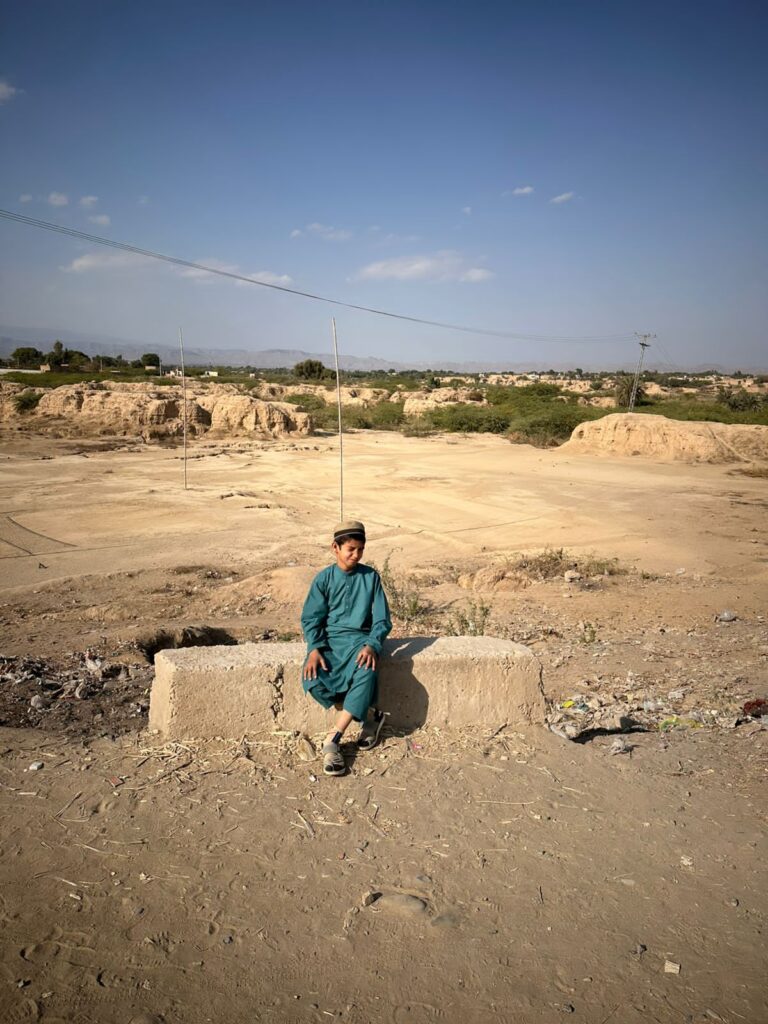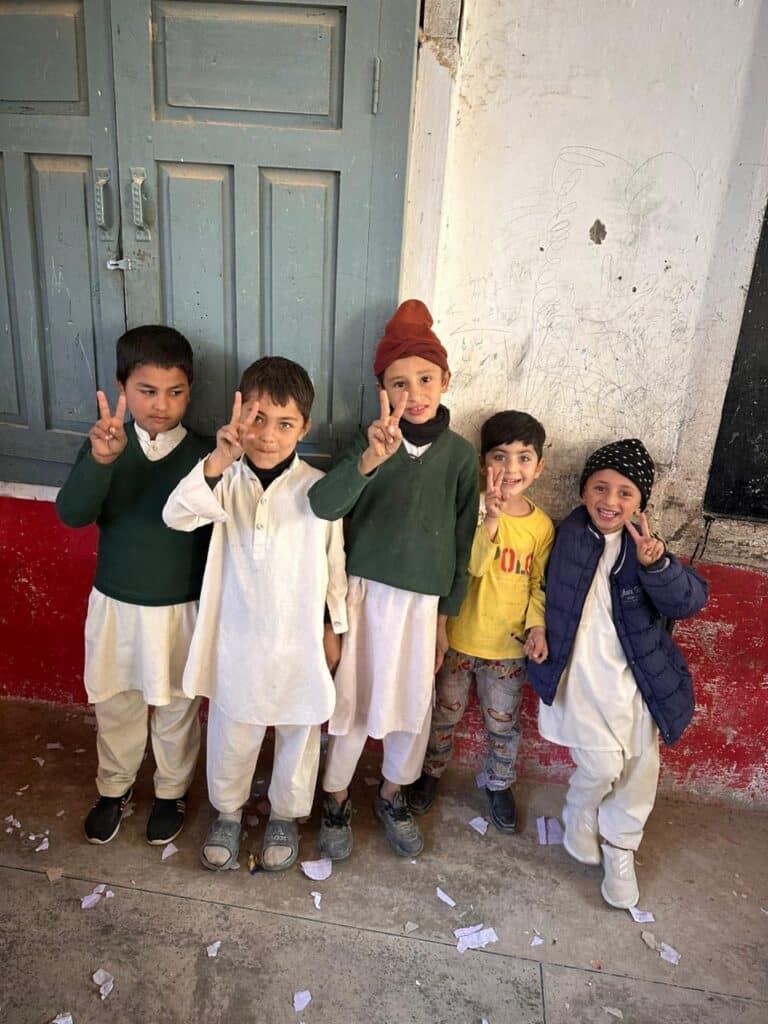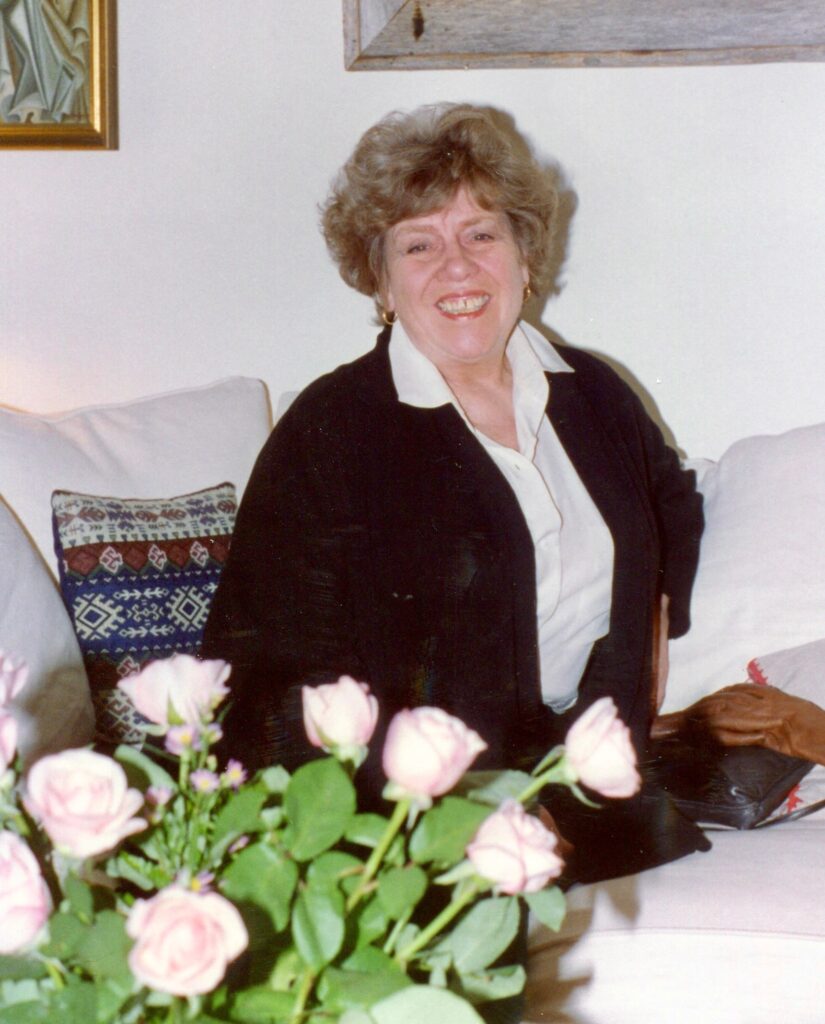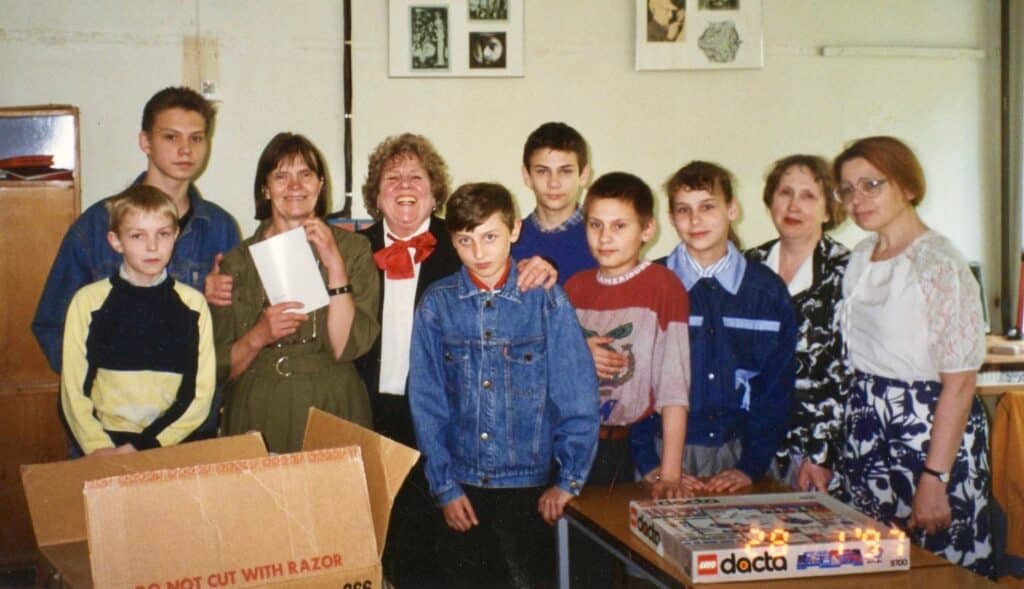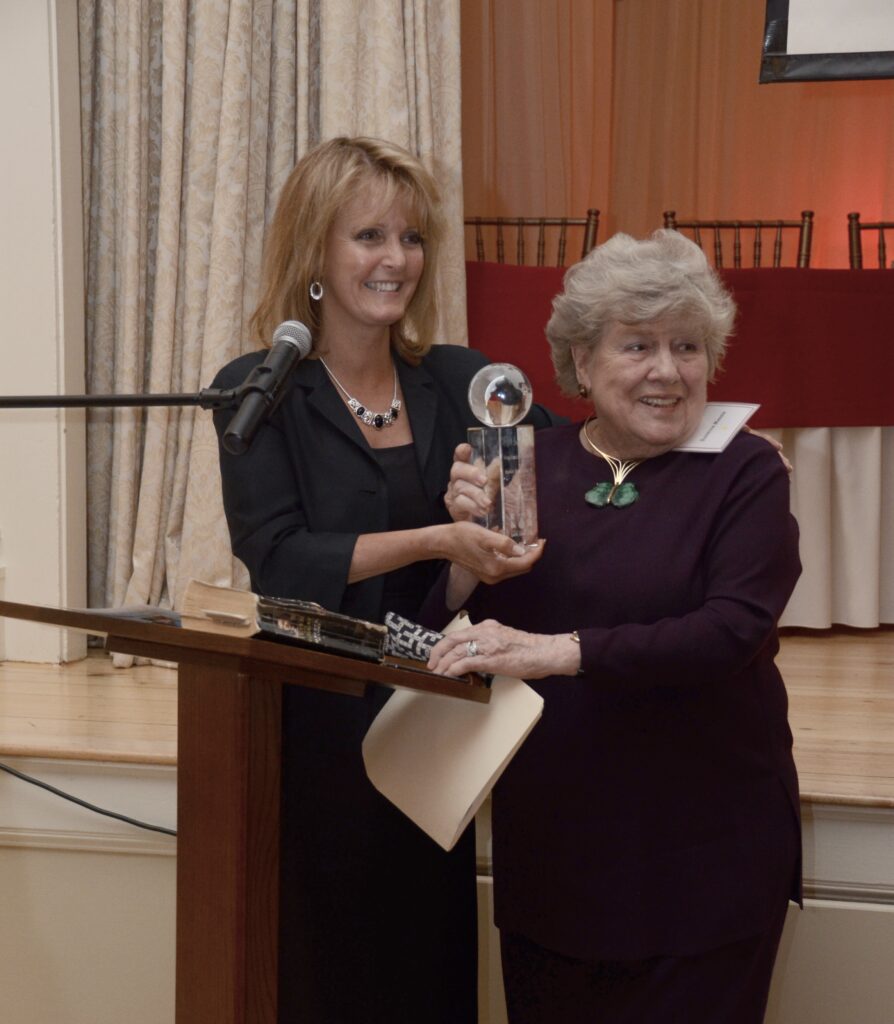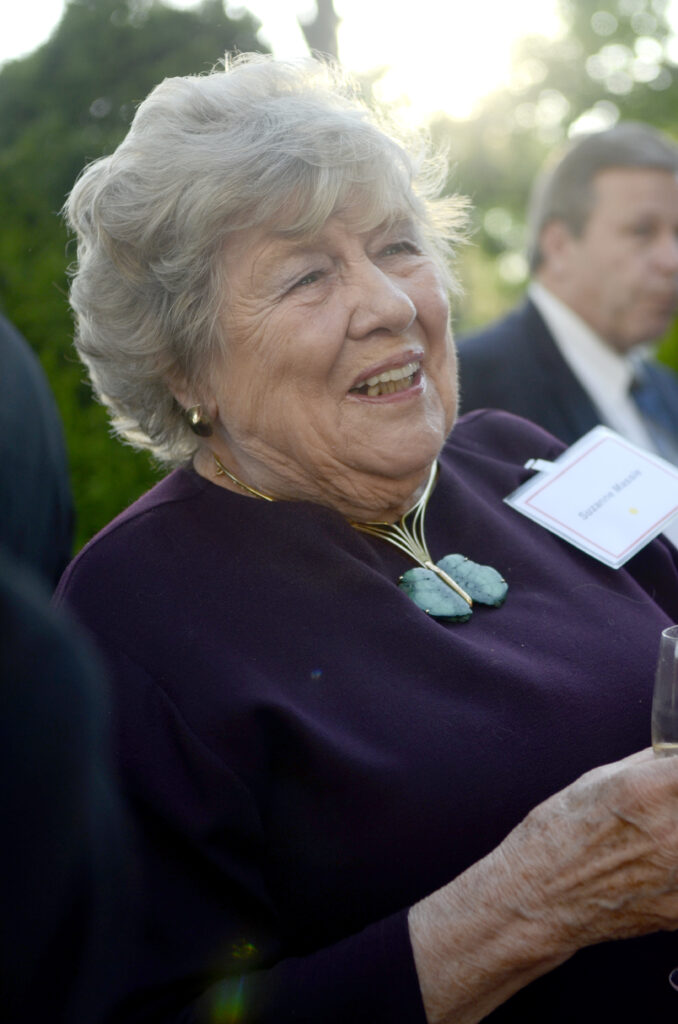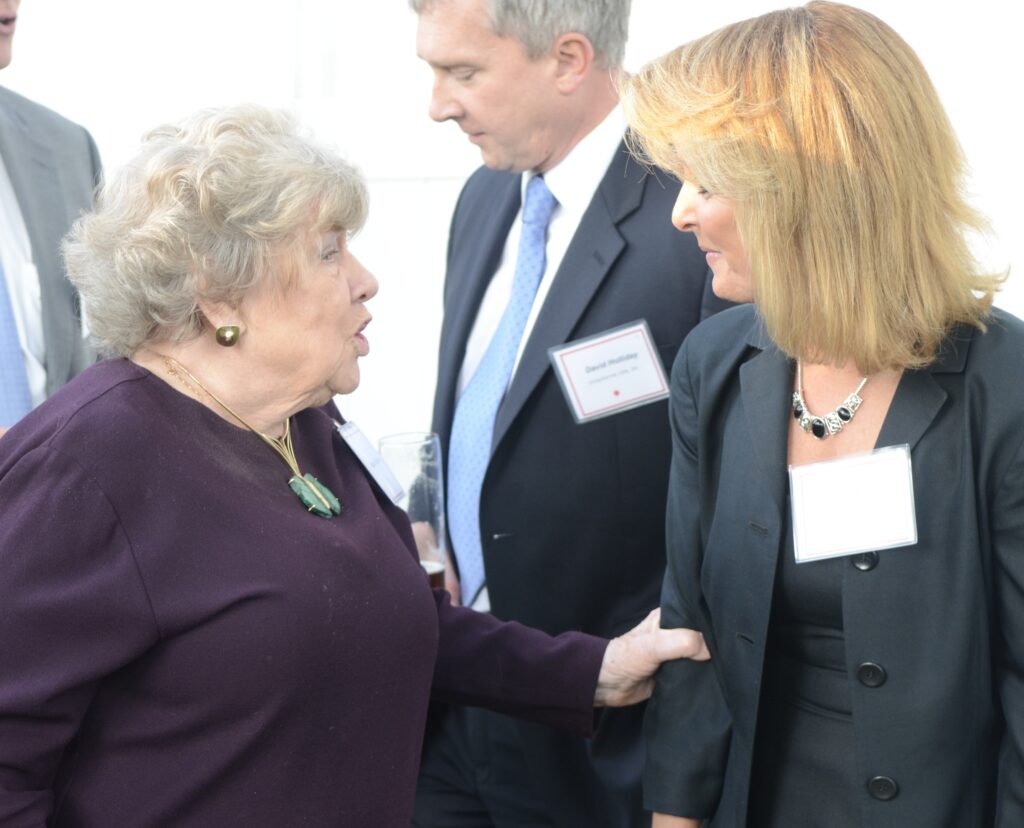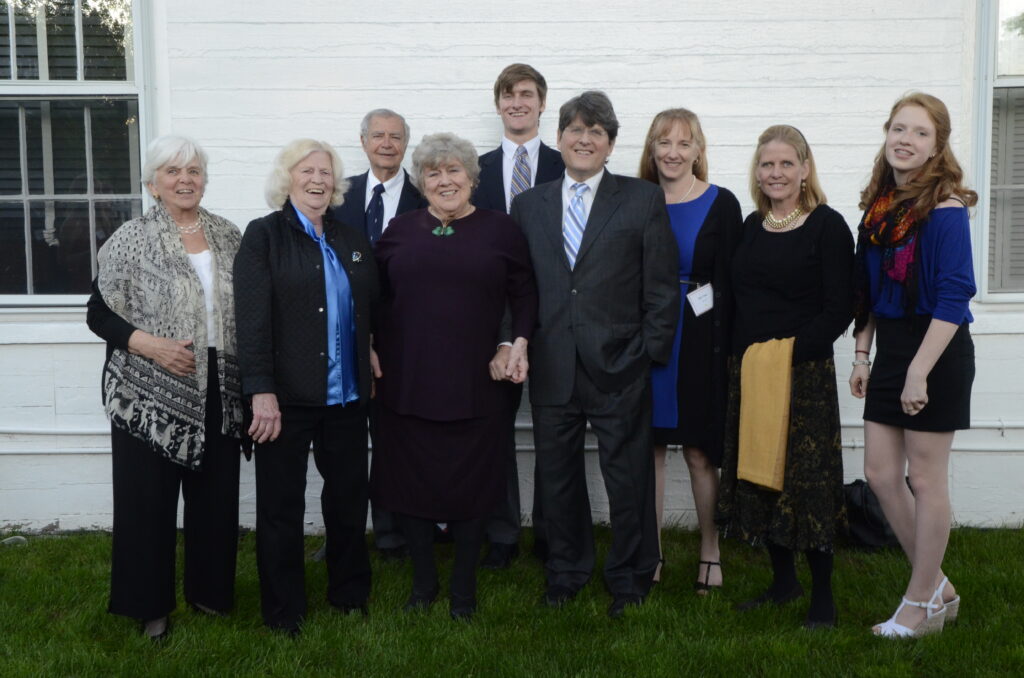Leadership: Anger, Respect, and Results
March is hemophilia awareness month and the recent upheaval over leadership in this country has me thinking about leadership in the hemophilia and bleeding disorder community. My son with hemophilia was born in 1987, a time when there was also a huge upheaval in leadership in the bleeding disorder community. We were a small community of 20,000 people approximately. But half of the community was lost, after contracting HIV from the very injectable medicine that was to save their lives. The pain, suffering and loss experienced by so many fomented into a groundswell of exceptional leadership. It was leadership born in a firestorm, when people realized that the government, blood banks and pharmaceutical companies did not watchdog the early CDC reports about a possible contamination. The community looked to its national nonprofit for leadership but there was massive conflict of interest as it received most of its funding from pharma. The community decided that it would need to unite at the grassroots level to make the changes that were too late for so many, but would save future generations. Like now, anger was the common fuel to spark this battle. But what won in the end was not anger but a cool head. Coming to a table, negotiating, holding our ground, and making effective change.

The leaders who made this possible were amazing people. And somewhat ordinary people. One of these was Val Bias. Val became an icon in the US hemophilia community, who possessed charm but purpose, sharp intelligence but a relaxed posture; he was a polished speaker who could also listen deeply, respectfully.
I encountered Val during my first annual hemophilia convention in 1992, at a heated town meeting. I knew vaguely what was happening to our community, but … not really. Wrapped up in my own non-HIV world, trying to figure out my place in the community, I watched with horror as a room full of patients, parents and advocates began to rip one another apart over what was happening in the community. Anger was palpable. People were furious at NHF for its lack of leadership, for advising patients to keep infusing their medicine. A patient-led group had formed and stood up, shouting and threatening. Suddenly, one clear, commanding but calm voice boomed: “Everyone, sit down and calm down.” I looked around to see who had this presence, this leadership. It was a man on the podium: Val Bias. He did not scream, denigrate, belittle, shame or bluster. His voice and aura were firm and rational.
Val had contracted HIV, and then unknowingly infected his wife, who died six months later. Val’s goal was ultimately to channel the pain and suffering of the community, of which there was much, into something for the greater good. He channeled his own outrage into leadership, and would play an important role in helping get the Ricky Ray Hemophilia Relief Fund Act of 1998 passed. This act allowed monetary compensation for those infected with HIV who have hemophilia. He and friend and colleague, Dana Kuhn, another prominent leader with a cool head and articulate speech, and some others, brought pharma and the government to the bargaining table. Later, Val became the first African-American leader of NHF.
We witnessed last week in Washington DC what happens when leadership loses its cool head. When negotiating becomes bullying. When grown men, leaders of a great country, resort to cheap shots, diversion tactics and insults. When they humiliate one who comes from a weaker position. This was an ambush on an international stage in full view of the press. It was an abuse of leadership. The press coverage could have shown a civil welcome and brief discussion, while the more serious negotiating could take place behind closed doors. Instead, it was a calculated performance. At this time, all it has done is divide Americans further, increased anger, and drawn international allies closer together.
Perhaps this happened to our leaders who went to Washington DC to fight for compensation and a safer blood supply for the 10,000 who died. Were they insulted, bullied, told to go home? I don’t know. I do know there was widespread hysteria regarding people with HIV, including those with hemophilia. The public was ignorant, fearful and allowed their emotions to overrun common sense. Eventually, armed with data, statistic, personal stories, rationality and bravery, community leaders took on the giants responsible for the nation’s tainted blood supply. And cool heads prevailed.
Insults, shouting, humiliation, embarrassment… these have no place in effective leadership. To resolve a conflict, an outcome has to be kept in mind. But negative and quite frankly juvenile tactics will not result in the desired outcome. It will only cause defensiveness. The meeting last week ended in a stalemate.
Our community had a clear and desired outcome heading to Washington DC in the 1980s and 90s: to put parameters in place to make the nation’s blood supply safe; to win compensation for those infected with HIV and hepatitis C; to have those responsible own what transpired. It was such a major campaign, handled with strategic moves and even respect, that other disease groups still look to the bleeding disorder community for advocacy advice to this day. We became a model of advocacy in healthcare. And our unity and focus—and eventual cool-headed approach—made us strong and powerful. And successful.
It is possible to be powerful, to win conquests and concessions, to reach goals without scorn, shame or humiliating others. Look no further than Abraham Lincoln. He was a divisive incoming president at a terrible time in the US. He was called names, was shamed. Today? He is universally praised and admired. Lincoln did not mock the weak, did not boast of his achievements, and was not cruel. He had to unite an entire nation, terribly divided, through a civil war. While keeping cool, and leading with dignity, he appealed to the “better angels of our nature.” His leadership inspired. We can only hope to achieve this now, once we work through the anger and rage.

